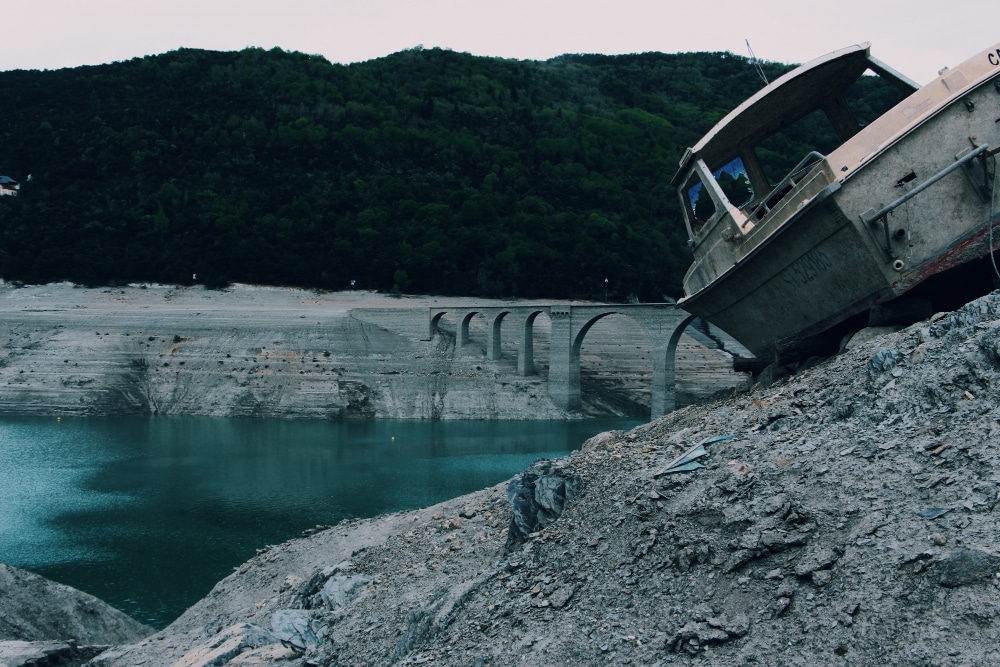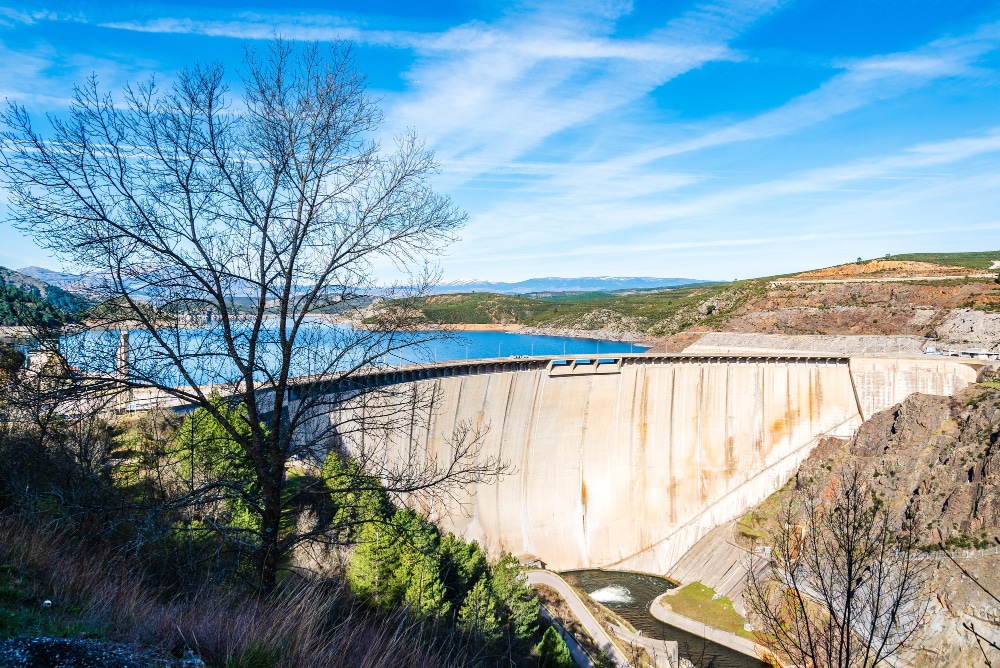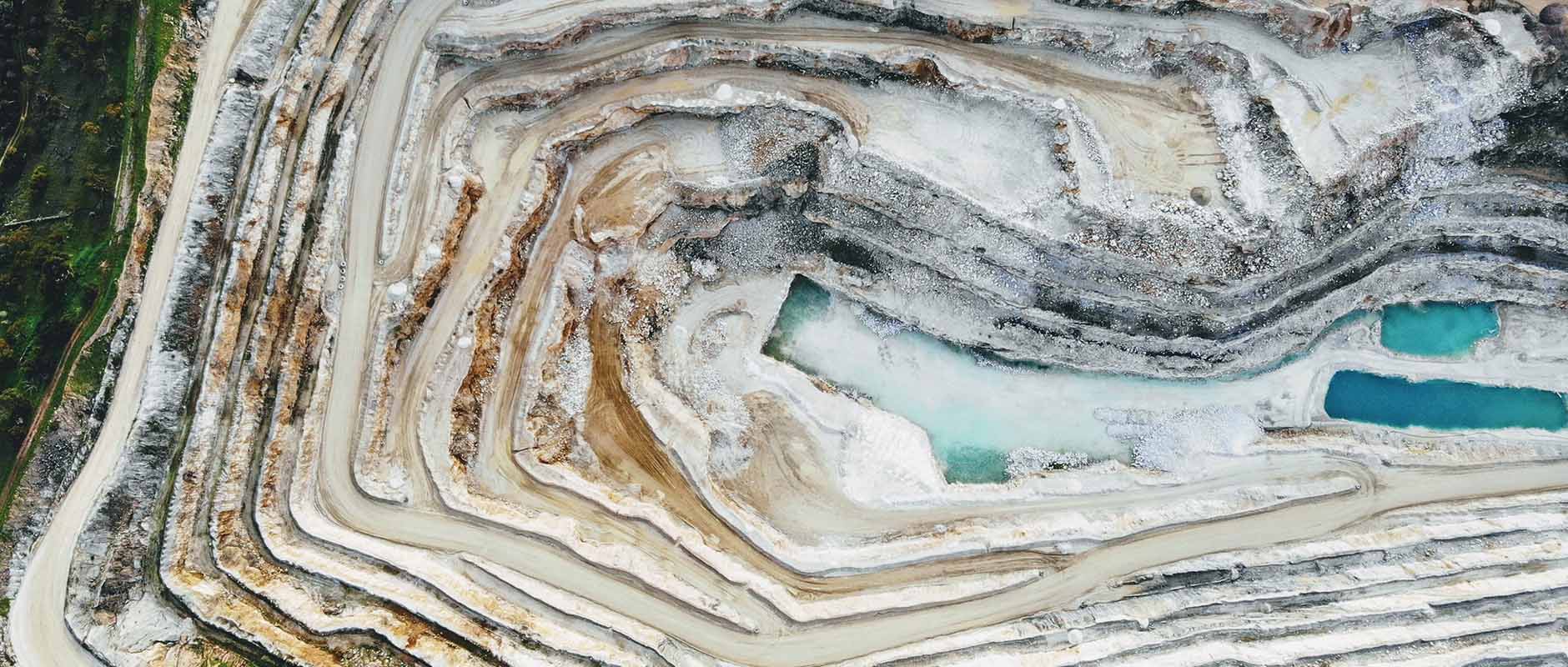- The mining industry heavily relies on water
- Preserving water quality and quantity in mining is critical for uninterrupted operations
- Sustainable water management in mining starts when mining companies choose sustainable solutions to treat mine water
Water resources are essential for all human activities. From basic survival needs to the most advanced and innovative industries, the quality and quantity of water influence the well-being of individuals, businesses, and nations alike. However, fresh water that meets the quality standards required by human society remains limited. This scarcity makes effective water management crucial. Consequently, the mining sector, like all other industries, has a responsibility to use water in a sustainable and environmentally responsible manner, prioritizing sustainable water management and environmental protection.
The role of water in the mining industry
Water is critical to the profitability of the mining industry but is often used and polluted in large quantities when managed unsustainably, harming local communities and the natural environment. This creates significant challenges for mining companies, requiring sustainable mine water management driven by economic, environmental, and social needs.
A Carbon Development Project (CDP) study from 2013, representing $57 trillion in assets, found that 64% of mining companies faced negative water-related business consequences in the previous five years.
In mining operations, water is primarily used in three key processes:
Mineral processing consumes industrial quantities of water for quarrying, milling of mined materials, injection for secondary oil recovery or unconventional gas extraction (e.g., hydraulic fracturing), and other processes. Water is essential for extracting materials like coal, iron, sand, gravel, crude petroleum, and natural gas, as well as for cooling machinery, centrifugal separation, slurry transport, and chemical processing.

Wet dust control systems require vast water volumes to suppress dust at sources or airborne particles, minimising health risks and environmental impacts during mineral processing, waste dumps, and haul roads.
Transportation demands the most water in many mines, using aqueous slurry pipelines to move crushed ore to processing plants. Though water-intensive compared to trucks or trains, slurry transport is more energy efficient and economically viable.
Water Management and use in mining operations
Mining operations classify water use into three categories: raw water—which comes from precipitation, underground water, and surface water sources like rivers and lakes—and mining teams use it for employee needs, process makeup, shaft and underground mine water, fleet washing, and fire water; compliant flow (non-contact water) meets environmental regulations and can be released without treatment; and non-compliant flow (contact water) results from contamination by mining, mineral processing, tailings management, and mine waste. To optimize water management and improve water use efficiency, mining teams collect and reuse non-compliant flow onsite as much as possible, then treat it through water and wastewater treatment processes.
Without adequate water availability, mineral extraction is impossible. Access to sufficient water ensures safe, efficient machinery use, reduces water-related risks, and improves deposit profitability, especially in remote or arid regions lacking infrastructure.
Challenges to water management
The challenges in supplying water for mining operations vary regionally. In dry climates like the southwestern United States, northern Chile, southern Peru, and northern Africa, low water availability and water scarcity are major issues. These deficits require efficient water management focusing on water conservation, water recycling, and reuse to optimize water usage and maintain a balanced water supply. In wet regions such as Colombia, Indonesia, and New Caledonia, flood events cause spills, erosion, and infrastructure failures, increasing operational costs and putting pressure on mine water management. Cold climate operations in Canada, Russia, and Finland must manage water from snowmelt and ice thaw, ensuring proper drainage and water flow without harming the environment or mining activities. Unsustainable water use leads to polluted water, environmental sustainability challenges, and risks to water security.
Notable incidents like the Baia Mare cyanide spill devastated ecosystems, caused costly environmental lawsuits, and damaged mining’s social license to operate. When a reservoir broke, releasing 100,000 tons of cyanide-contaminated water into the Someş, Tisza, and Danube rivers, the spill wiped out up to 80% of aquatic life and contaminated the drinking water for over 2.5 million people. This underscores the need for each mine site to adopt a holistic, integrated approach to water management to meet stricter regulations and avoid costly disruptions.
Methods to improve the water use efficiency
As pressures to improve water efficiency and reduce environmental impacts in mining grew, mining companies developed several methods and technologies to optimize water use, reduce costs, and maintain compliance with regulatory requirements. These approaches include limiting water consumption in mining operations, using alternative sources like seawater when possible, treating mining water for reuse through processes such as reverse osmosis, and protecting the quality of water discharged to meet local regulations.
Effective methods are essential to ensure water availability and avoid excessive chemical use that risks breaking environmental compliance. Capturing non-compliant flow for reuse and treatment via tailing dams is common, but high pH and salinity often cause algae growth, clogging filters and slowing water reuse. While copper sulphate can control algal blooms, it poses environmental risks and may not meet regulatory standards. Manual removal is labor-intensive, costly, and increases operational disruptions and high costs.

Sustainable solution
Chemicals are not a sustainable solution for the mining industry as they risk environmental compliance and increase operational costs. At LG Sonic, we developed MPC-Buoy, an innovative, eco-friendly solution to control algae growth and improve water management in mining. LG Sonic’s ultrasound technology targets algae without harming other aquatic life or releasing algal toxins. Using real-time water quality monitoring, it prevents algal blooms, conserving water and reducing costs. Proven effective at Vale in Brazil and Masbate Gold Project in the Philippines, this technology supports sustainable mining by minimizing pressure on water resources and helping maintain environmental compliance in mine water management.
